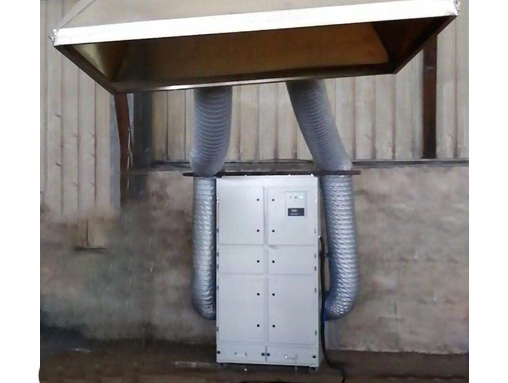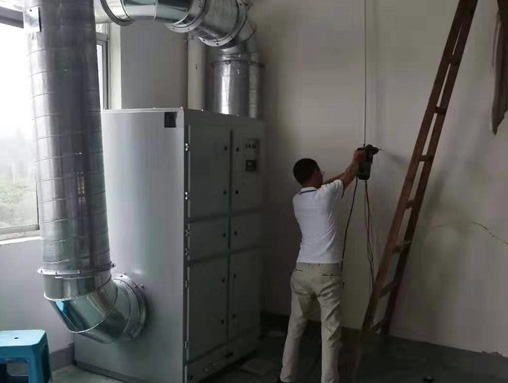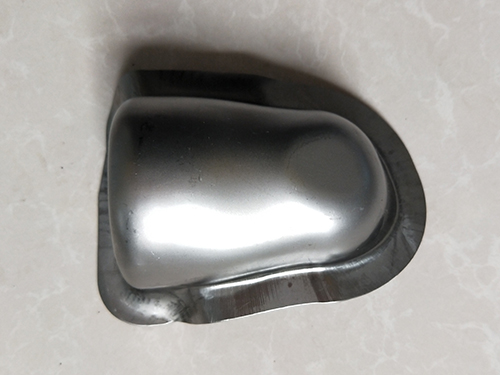Application of Hot Forming Technology in Automotive Stamping Field
At present, automobile manufacturers are paying more and more attention to the quality and economy of the entire vehicle, and the body, as a unit with a large proportion of vehicle mass, bears a significant burden in reducing mass pressure. Therefore, most manufacturers have put forward a demand for the use of, especially, high-strength steel plate materials. By using steel plates and strength steel plates (usually above 1000MPa), the design can reduce the amount of fuel and material thickness while meeting the strength requirements, thereby achieving the goal of reducing the weight of the vehicle body (improving economy); On the other hand, using steel plates can make it easier for the vehicle to meet performance indicators. The current cold stamping process has obvious shortcomings in forming steel plates and cannot meet the design requirements, while hot forming process can make up for this deficiency. Therefore, hot forming technology is widely used in various car models of major automobile companies, and is used in areas with high collision requirements, such as door sills, front bumper crossbeams, B-pillars, side door crash plates, etc.
Hot forming technology
1.1 Origin
The bottleneck problem of steel plate cold stamping:
a. Poor formability and easy cracking;
b. Poor forming accuracy, large rebound, and easy occurrence of various surface defects;
c. The required equipment has a large tonnage;
d. Stamping of high-strength steel plates is difficult, or even impossible.
Based on the above situation, hot forming technology emerged in response to the situation.
1.2 Principle
Hot forming technology is a process that utilizes the characteristics of increased plasticity and ductility of metals at high temperatures, as well as decreased yield strength, to shape parts using molds. By heating the steel plate to around 900 ℃ for easy drawing and forming, and then subjecting it to rapid cooling, the tensile strength of the steel plate can reach 1450MPa or above, thus meeting the requirements for part strength.
Comparison of Hot Stamping and Cold Stamping Processes
2.1 Quality of Parts
(1) Characteristics of parts formed by hot stamping process
a. Due to the choice of forming at high temperatures, there is oxidation on the surface of the parts, resulting in poor surface quality;
b. During the cooling process, parts are prone to thermal stress and deformation due to uneven temperature distribution;
c. Due to the high plasticity of the material, the parts are less prone to wrinkling and cracking during the forming process, with little rebound and good dimensional stability;
d. The material undergoes processing deformation and rapid cooling, resulting in finer grain size and improved mechanical properties.
e. After deformation and hardening, the strength of the material increases, and cold stamping, edge cutting, and punching can no longer meet the requirements of process and part accuracy, requiring the use of expensive laser cutting equipment to complete the work.
(2) Characteristics of parts formed by cold stamping process
a. Due to being formed at room temperature and using cold-rolled plates, the surface of the parts is smooth;
b. Due to the limited plasticity of the material, the parts are prone to wrinkling and cracking during the forming process, and are prone to rebound, resulting in poor dimensional stability;
c. The material undergoes work hardening during the processing.
2.2 Production Equipment
The hot stamping production equipment mainly includes material dropping machines, heating furnaces, hydraulic presses, water circulation devices, laser cutting equipment, descaling equipment, and corpse parts conveying robots.
Cold stamping production equipment mainly includes material dropping machines, mechanical presses, or press production lines.
2.3 Production fixtures
(1) Tools for hot stamping process
a. Material dropping mold and pre forming mold;
b. Material heating positioning fixture;
c. Hot forming mold (requiring the design of a water cooling circulation loop in the mold structure):
d. Remove the oxide skin fixture and laser cutting fixture.
(2) Tooling for Cold Stamping Process
a. Material dropping mold;
b. Cold stamping series process molds.







